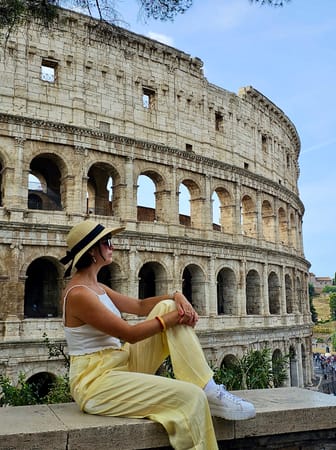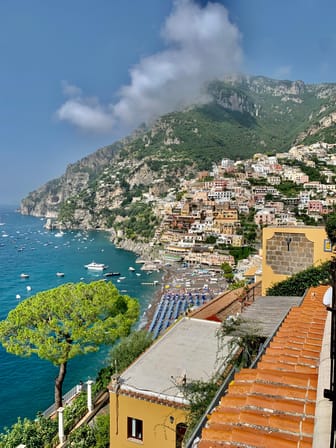Amalfi Cathedral
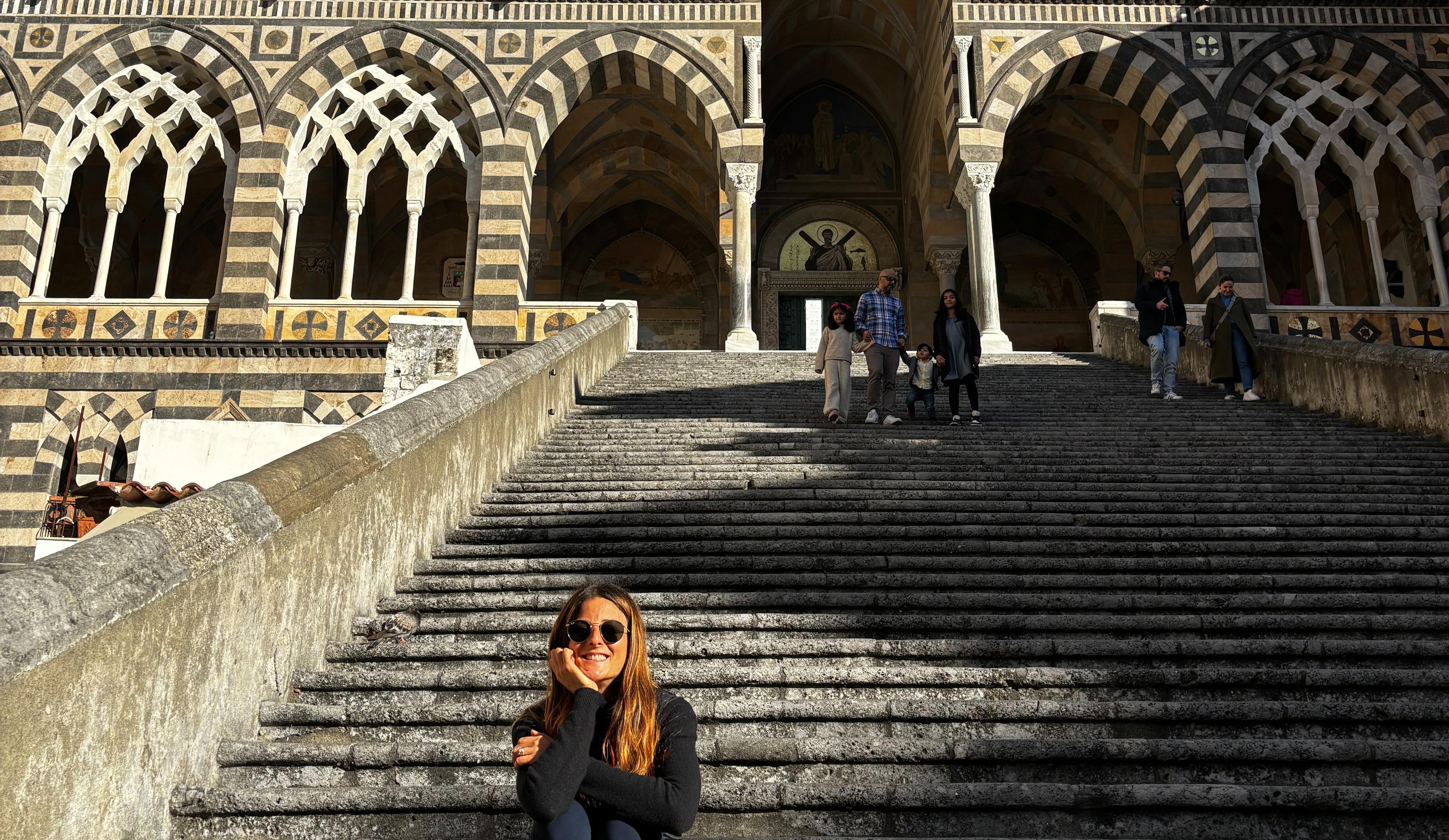
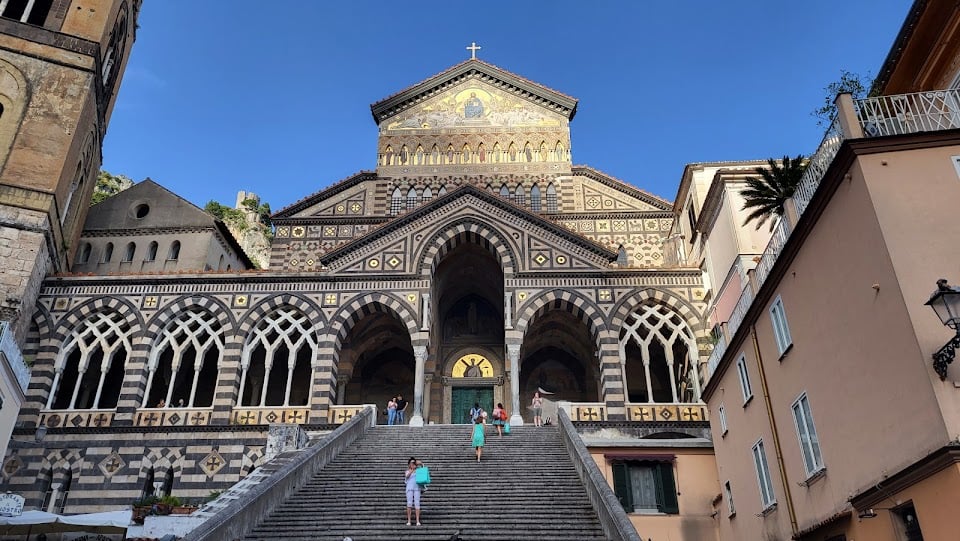
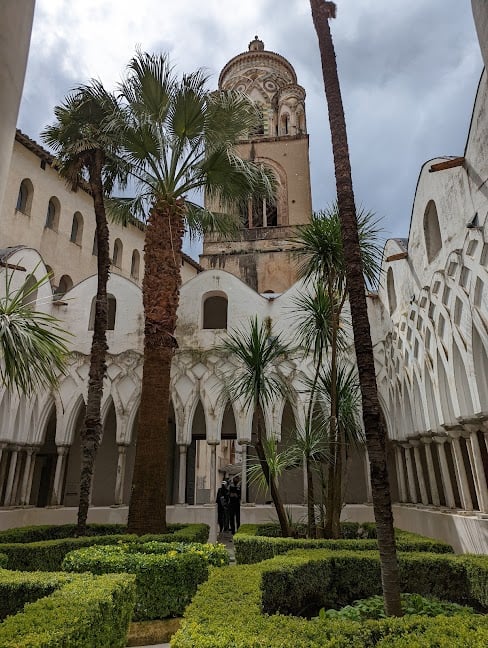
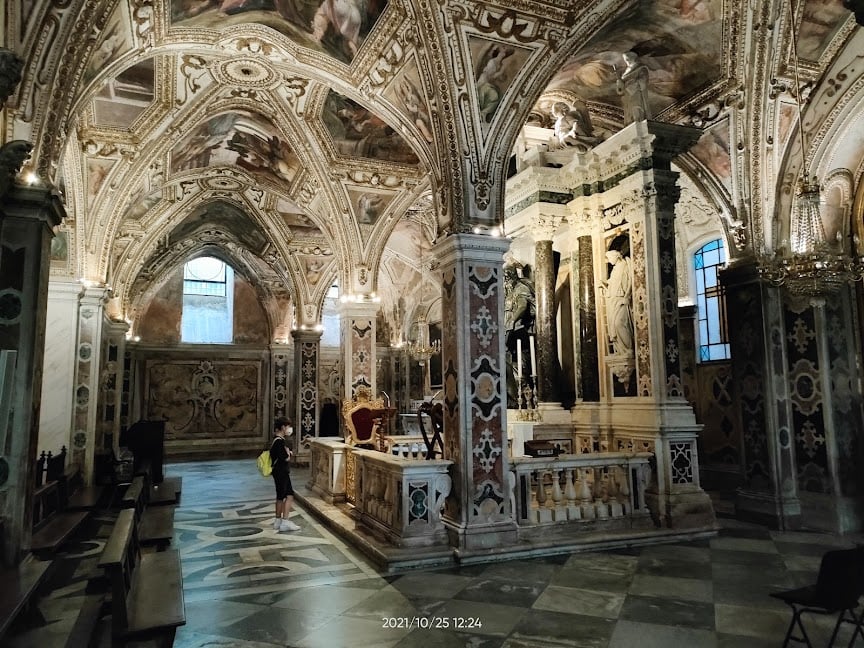
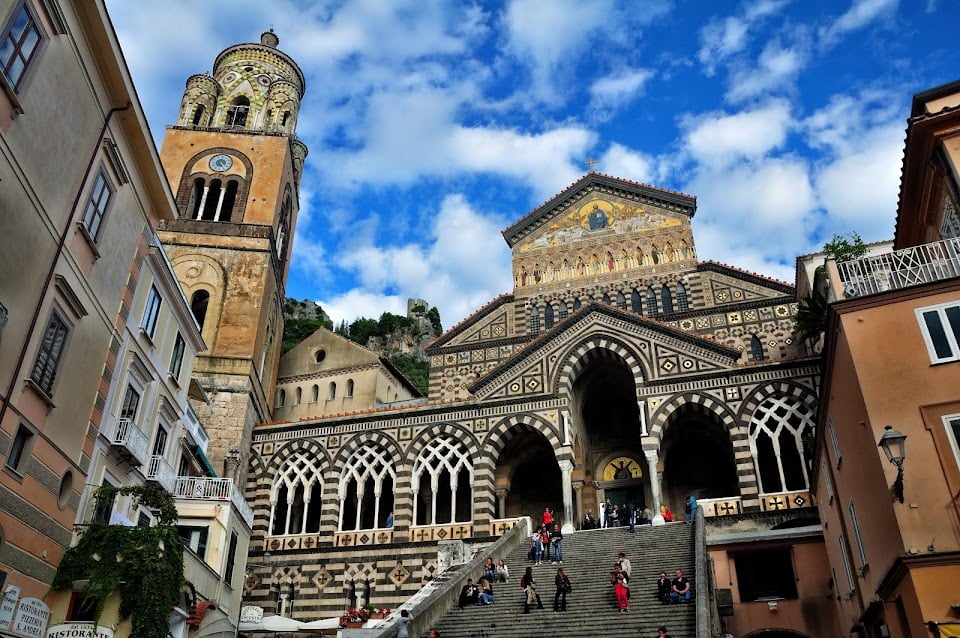
Ask ThatchGPT
Suggest a local expert to plan my trip
Suggest an unique itinerary for my Campania trip
What foods do Campania locals eat
What are some true hidden gems in Campania
Help me brainstorm trip ideas for Campania
Help me plan a family-friendly trip to Campania
What people say
Pedro Pereira
Available for hire
"The Amalfi Cathedral, also known as the Duomo di Amalfi and the Cattedrale di Sant'Andrea, is a stunning Roman Catholic cathedral located in the heart of the charming town of Amalfi, Italy. Perched atop a hill overlooking the breathtaking Amalfi Coast, this cathedral is a masterpiece of Arab-Norman Romanesque architecture and a testament to the rich history and spiritual heritage of the region.
The Amalfi Cathedral's origins date back to the 9th century, making it one of the oldest and most important religious monuments on the Amalfi Coast. The cathedral was originally built on the site of an ancient pagan temple dedicated to Poseidon, the god of the sea. In 987, Duke Mansone I of Amalfi ordered the construction of a new cathedral to house the relics of Saint Andrew the Apostle, which had been brought to Amalfi from Patras, Greece.
Over the centuries, the Amalfi Cathedral has undergone numerous renovations and expansions, reflecting the changing architectural styles and influences of the era. The cathedral's current appearance is largely the result of a major reconstruction project in the 12th century, which incorporated elements of Arab-Norman Romanesque architecture.
The Amalfi Cathedral is a captivating blend of architectural styles, with its exterior showcasing a harmonious mix of Arab-Norman Romanesque elements, while its interior exudes a Baroque ambiance.
The Amalfi Cathedral is not only a stunning architectural monument but also a significant religious site. It is the seat of the Archdiocese of Amalfi-Cava de' Tirreni and serves as a pilgrimage destination for devotees of Saint Andrew. The cathedral's annual Feast of Saint Andrew, celebrated on November 30th, is a grand affair, drawing crowds from around the region.
"
MARTINA MARANO
"The Duomo Sant' Andrea is the main cathedral of the town. It clearly witnesses the glory and prestige of the 11th century maritime superpower of Amalfi.
In 839 AD Amalfi became an autonomous town, appointed as one of the four Repubblica Marinara (Maritime Republic) of Italy, in constant rivalry with the other 3 (Venezia, Genova, and Pisa). The intense maritime traffic brought rich merchants, prestige, and so much wealth that Amalfi coined its own gold currency (the tarì).
Fun fact: few people know that Amalfi is also famous for the invention of the compass and the code of maritime laws (Tabula Amalfitana), used for centuries as international mercantile code."
Maria Grazia Casella
Available for hire
"The Cathedral of St. Andrew was constructed in the ninth century, and over the centuries it underwent numerous additions and renovations. Arab-Norman, Gothic, and Baroque architectural styles are all prominent on its striking exterior. The stunning bronze doors, which date to the 11th century and depict scenes from Jesus and St. Andrew's life, are its most notable feature.
Visitors can take in the cathedral's stunning marble altar, elaborate frescoes, and intricate mosaics inside. The St. Andrew relics are kept in an elaborate silver reliquary and are also housed in the cathedral."
Read more in:
Mentioned in these guides
About Amalfi Cathedral
Get the inside scoop on Amalfi Cathedral from local experts, travel creators, and tastemakers. Browse genuine trip notes, Amalfi Cathedral reviews, photos, travel guides, and itineraries from real travelers and plan your trip with confidence.
Save this spot for later or start mapping out a new trip today
Try our AI Travel Assistant and get instant answers to any questions about your trip.
Ask ThatchGPT

